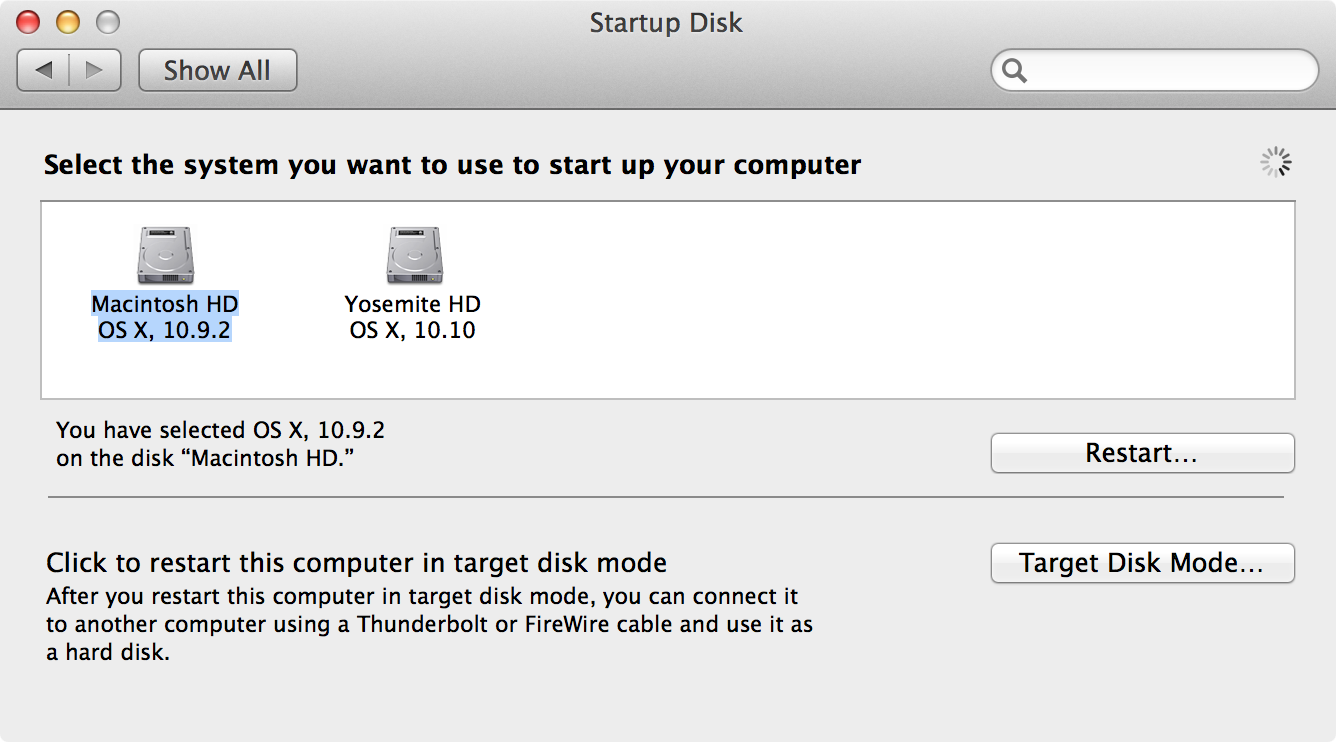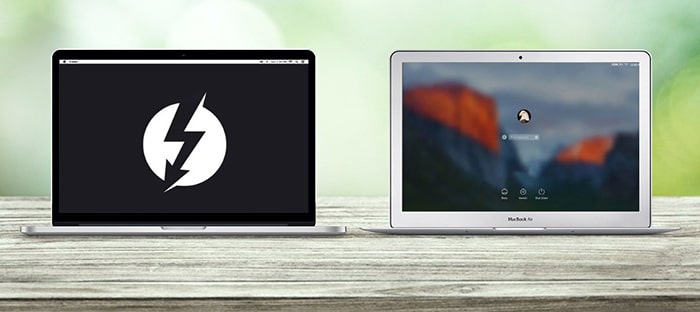

- TARGET DISK MODE NOT SHOWING UP INSTALL
- TARGET DISK MODE NOT SHOWING UP DRIVERS
- TARGET DISK MODE NOT SHOWING UP UPDATE
- TARGET DISK MODE NOT SHOWING UP PRO
Note that TDM will still work if you have to use a FireWire adapter, such as when connecting a 2010 MacBook Pro’s native FireWire 800 port to a 2013 MacBook Air using a Thunderbolt-to-FireWire adapter. With Thunderbolt a relatively new addition to the Mac, however, you’ll likely find that FireWire is far more ubiquitous. If available, Thunderbolt will provide the fastest experience, especially when used with Macs that have internal solid state drives instead of mechanical hard drives.
TARGET DISK MODE NOT SHOWING UP DRIVERS
So if your host Mac is a new 2013 Haswell-based MacBook Air, for example, and your target Mac’s hard drive has OS X 10.7 Lion installed, you won’t be able to boot to the target hard drive because Lion doesn’t possess the drivers for the new Haswell hardware.Īssuming that your Macs are compatible, next decide if you’ll use Thunderbolt or FireWire.
TARGET DISK MODE NOT SHOWING UP UPDATE
As you may know, with very few exceptions, Apple does not update older versions of OS X to support newer hardware. To accomplish this, first make sure that your “target” Mac (the one you’ll configure for Target Disk Mode) is running a version of OS X equal to or greater than the “host” Mac.
TARGET DISK MODE NOT SHOWING UP PRO
In Ken’s situation, he would put the Mac mini into Target Disk Mode, attach it to his MacBook Pro using FireWire or Thunderbolt, and then boot the MacBook using the mini’s hard drive, producing the same basic result as if he had physically removed the mini’s drive and installed it in his MacBook. From a user perspective, the internal drives of a TDM-connected Mac appear indistinguishable from those of an external drive enclosure.īut an even more interesting aspect of TDM is that it allows a user to view another Mac’s hard drive as a potential boot drive, and to boot natively into OS X with a combination of one computer’s hardware and another computer’s software.

If a Mac won’t boot, a user can connect it to a working Mac, initiate Target Disk Mode, and then, if the hard drive is still functioning, view the drive’s contents. TDM is most often used to help diagnose malfunctioning Macs. TDM allows a user to connect two Macs using either FireWire or Thunderbolt, allowing one Mac to access the other’s internal drives as if they were external FireWire or Thunderbolt drives. Already tried reseting the NVRAM as well.The answer to your question arrives courtesy of a feature called Target Disk Mode (TDM), which Apple introduced way back in 1991 with the PowerBook 100. Tried opening the terminal and listing the volumes available by diskutil coreStorage listīut it says there is no volumes to show. And I think because of that I get a error message when trying to execute the installation again, telling me to try again because it failed (doesn't even start). When I enter Recovery Mode, the Hard Drive is not there anymore. Following a post on the apple forums, I simply reseted it waiting for it to resume. Problem: It froze on 18min left and I waited for about an hour. On this step I selected that I wanted to encrypt it as I always did and put my usual password in itģ) Exited Disc Utility and started the Installation process
TARGET DISK MODE NOT SHOWING UP INSTALL
I am trying to do a clean install on my Macbook Pro 13" from 2011.ġ) Booted up on my USB Stick with Mountain Lion Installer mounted on itĢ) Opened up Disc Utility and formatted the Hard Drive.


 0 kommentar(er)
0 kommentar(er)
